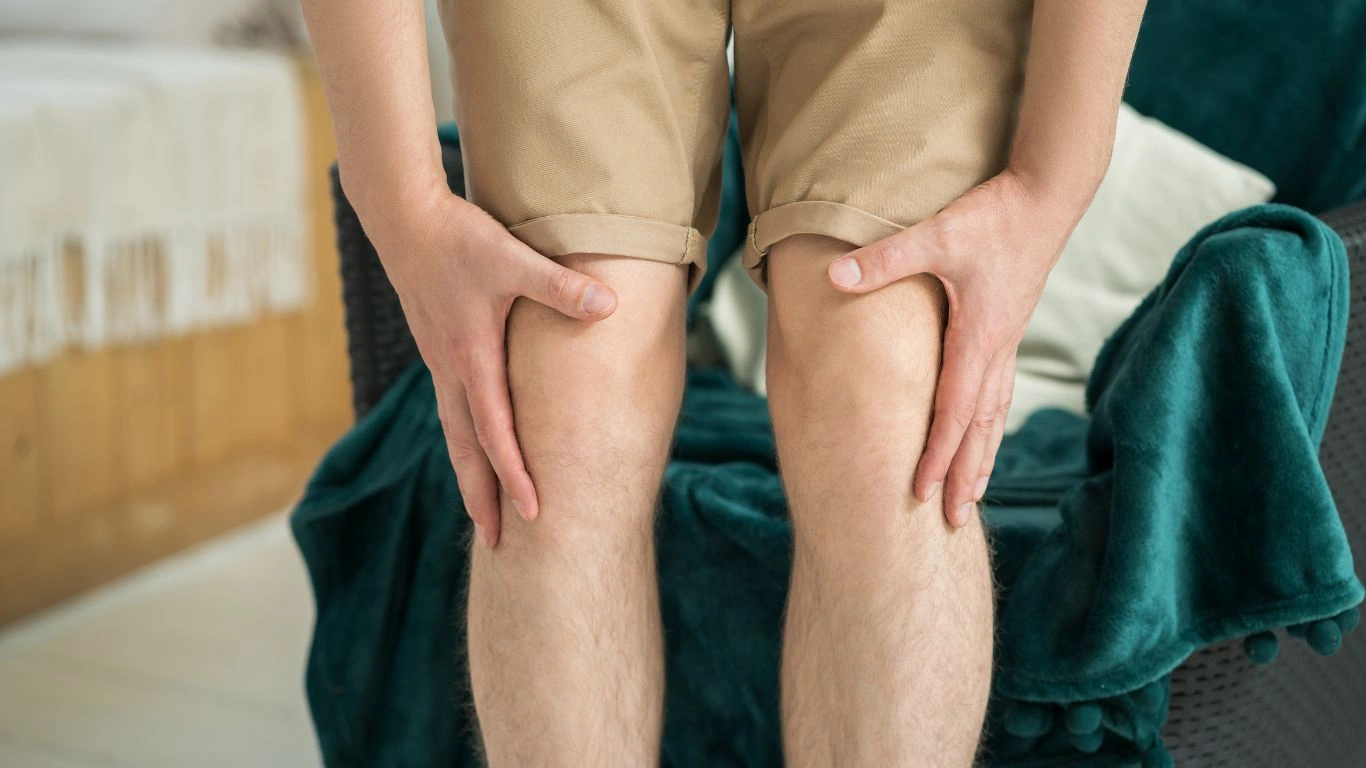How to Stay Active With Rheumatoid Arthritis Pain: Simple Daily Wins
If you’ve ever wondered how to stay active with rheumatoid arthritis pain, you’re not alone. As a Rheumatology nurse practitioner, I’ve talked with countless patients who feel stuck between wanting to move their bodies and not wanting to trigger more pain. Trust me, I get it. The struggle is real, but the good news is—there are practical, doable ways to stay active even on the tougher days. This isn’t about running marathons or hitting the gym for hours; it’s about smart movement, gentle consistency, and learning to listen to your body without giving up on it.
Why Staying Active Actually Helps With RA
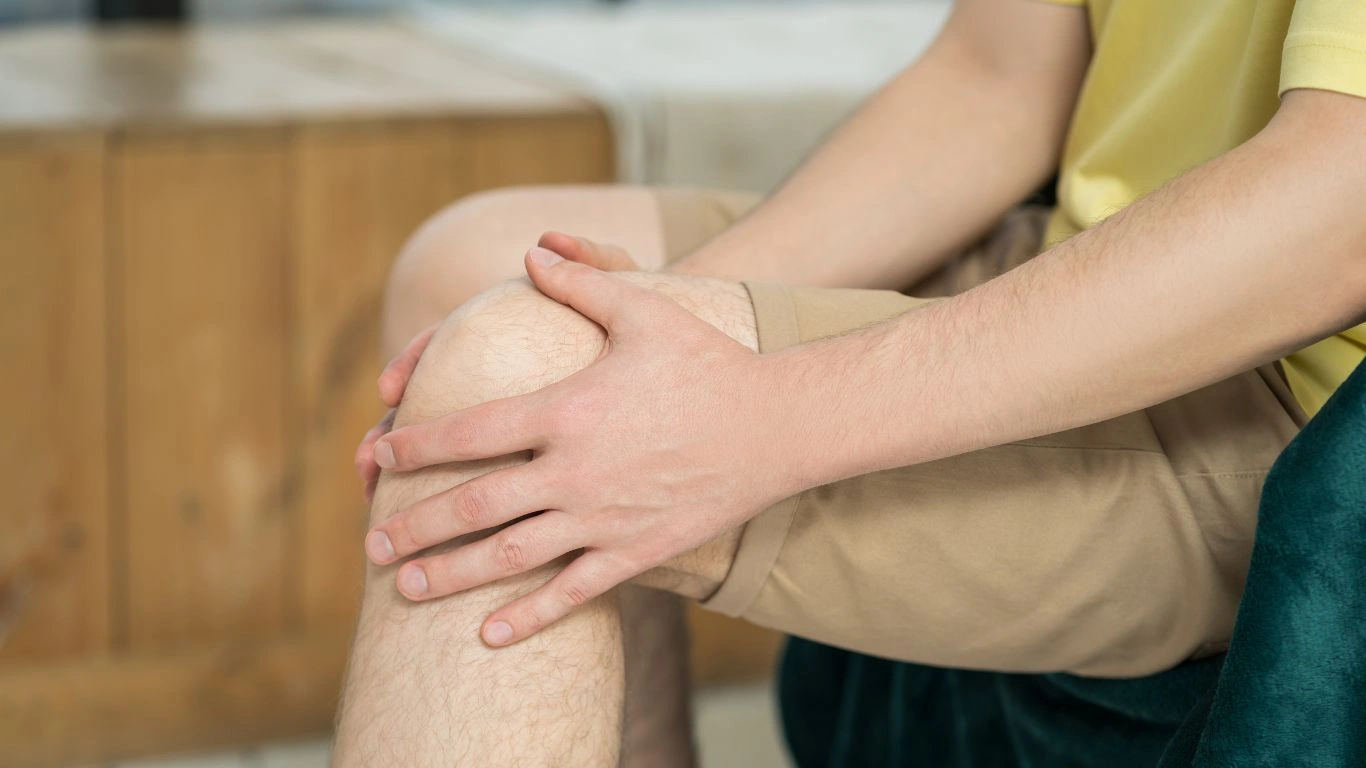
One of the biggest misconceptions I hear from patients is that rest is always best. Don’t get me wrong—rest has its place, especially during a flare. But total inactivity? That’s a recipe for more stiffness, more pain, and eventually, more limitations. Movement is medicine, and with RA, that’s not just a catchy phrase—it’s literally part of the treatment plan.
When you stay active, you’re improving circulation to your joints, keeping your muscles strong, and even boosting your mood. It’s a holistic win. I’ve seen patients who started out barely able to get through a 5-minute walk who, over time, became comfortable enough to join group yoga or water aerobics classes. Small, consistent steps really do pay off.
Start Where You Are, Not Where You “Used to Be”
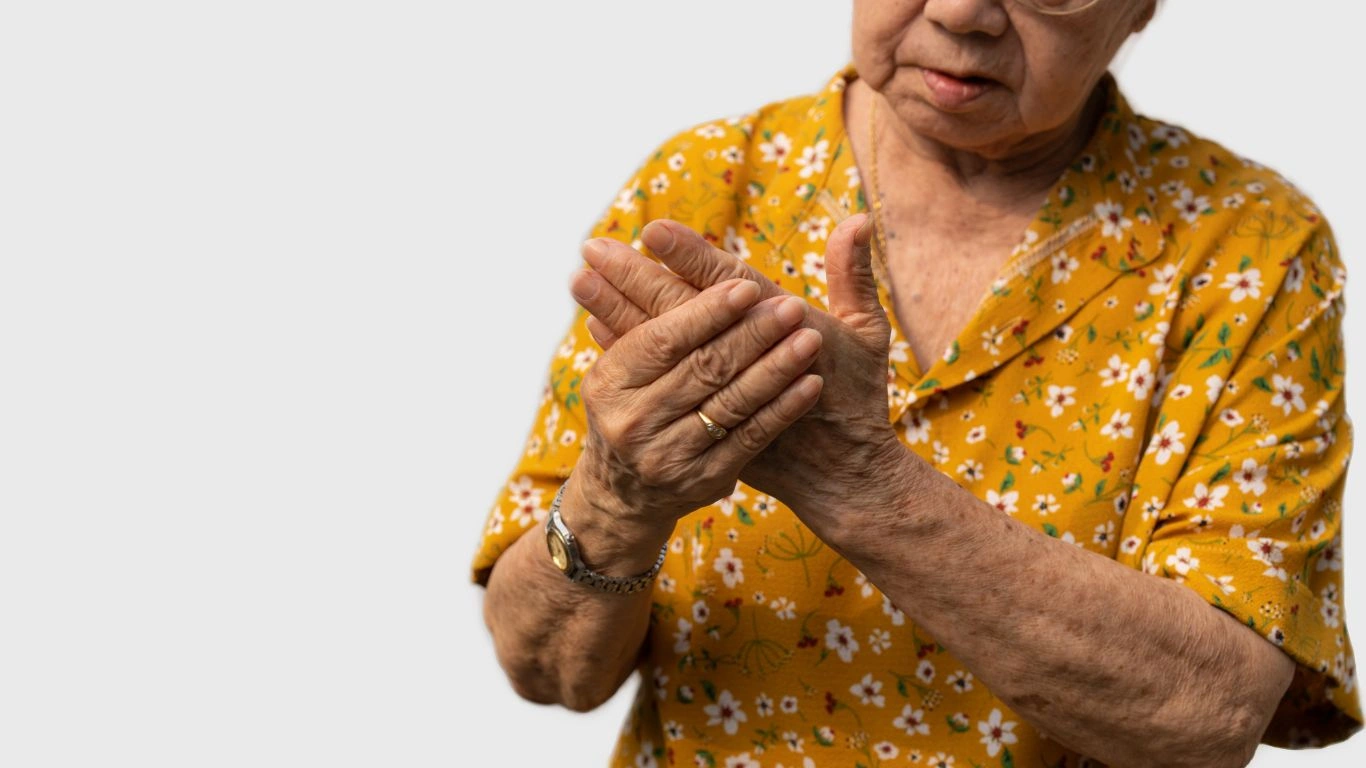
I always tell my patients—this isn’t about comparing yourself to others or your past self. Forget what you used to be able to do before RA came into the picture. Focus on what you can do today. That mindset shift makes a world of difference. When I’m working with someone newly diagnosed, one of the first things we tackle is resetting those expectations without losing hope.
Simple Movement Options That Won’t Overwhelm You
- Chair Yoga: A favorite of many of my older patients—gentle stretches while seated can relieve tension and get joints moving.
- Walking: Low-impact and free. Start with just 5 minutes around the block and build from there.
- Water-based exercise: The buoyancy of water eases pressure on joints while still giving you a solid workout.
- Range-of-motion stretches: I give patients handouts on these—simple, daily stretches to keep joints mobile.
All of these are RA-friendly, especially when done with proper technique and pacing. I always remind folks: don’t wait for the perfect day—start where you are, even if it’s just 3 minutes of gentle movement. It still counts.
Listen to Your Body—But Don’t Let It Boss You Around
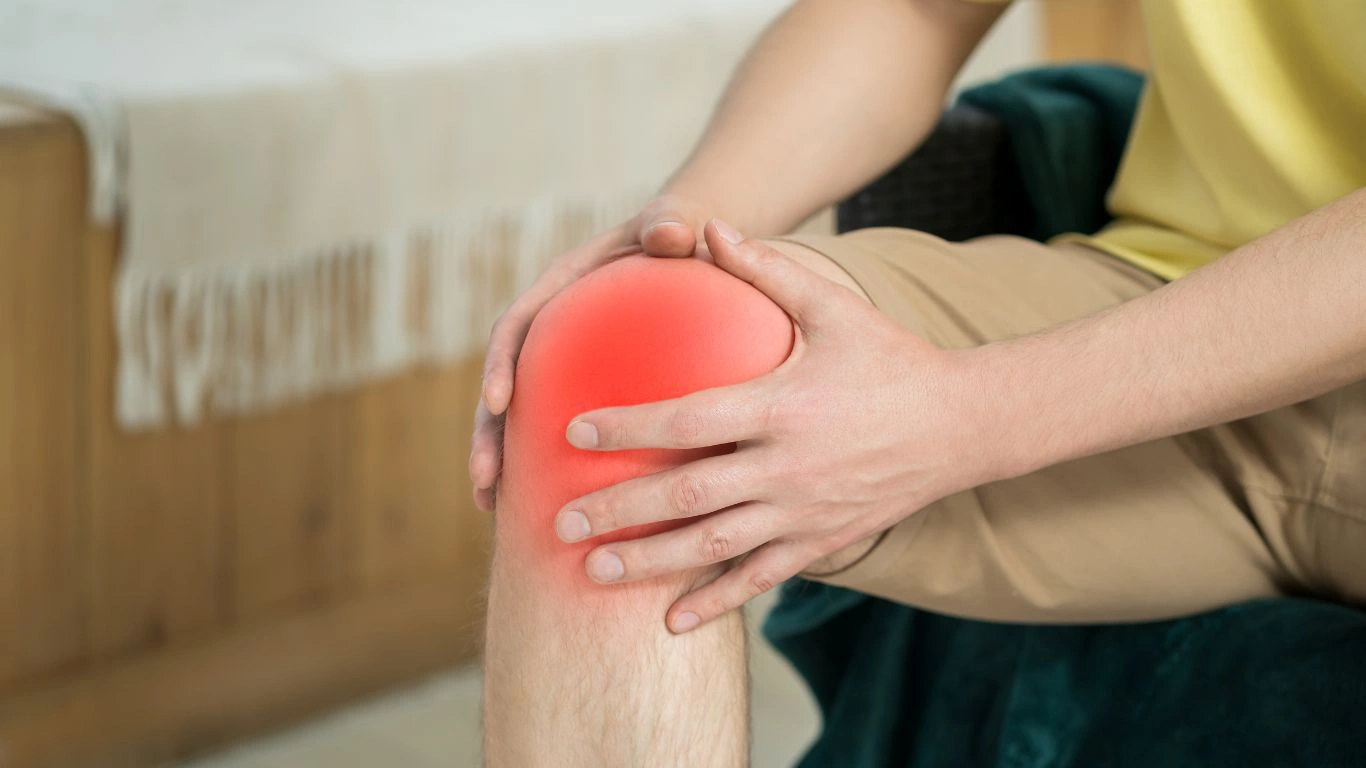
Okay, here’s the deal. Living with RA means tuning into your body’s signals, but it also means learning to push a little without overdoing it. It’s a weird balance, I know. Some of my most active patients say that learning the difference between “pain from doing too much” versus “pain from being stiff” was a game-changer.
How to Pace Yourself (Without Feeling Guilty)
- Use the “10-minute rule”: If you’re unsure whether to move, commit to 10 minutes. If your body agrees, keep going. If not, stop. No guilt.
- Schedule rest breaks: Build in downtime between tasks to prevent overuse.
- Alternate movement types: If you do strength work one day, try stretching or walking the next. Mix it up to prevent overexertion.
When you learn to move smarter, not harder, activity becomes something you look forward to—not something you dread. As someone who’s watched patients transform with just a few consistent tweaks to their daily routines, I can tell you—it’s possible, even with RA pain in the mix.
Build a Routine That Feels Good—Not Just “Right”
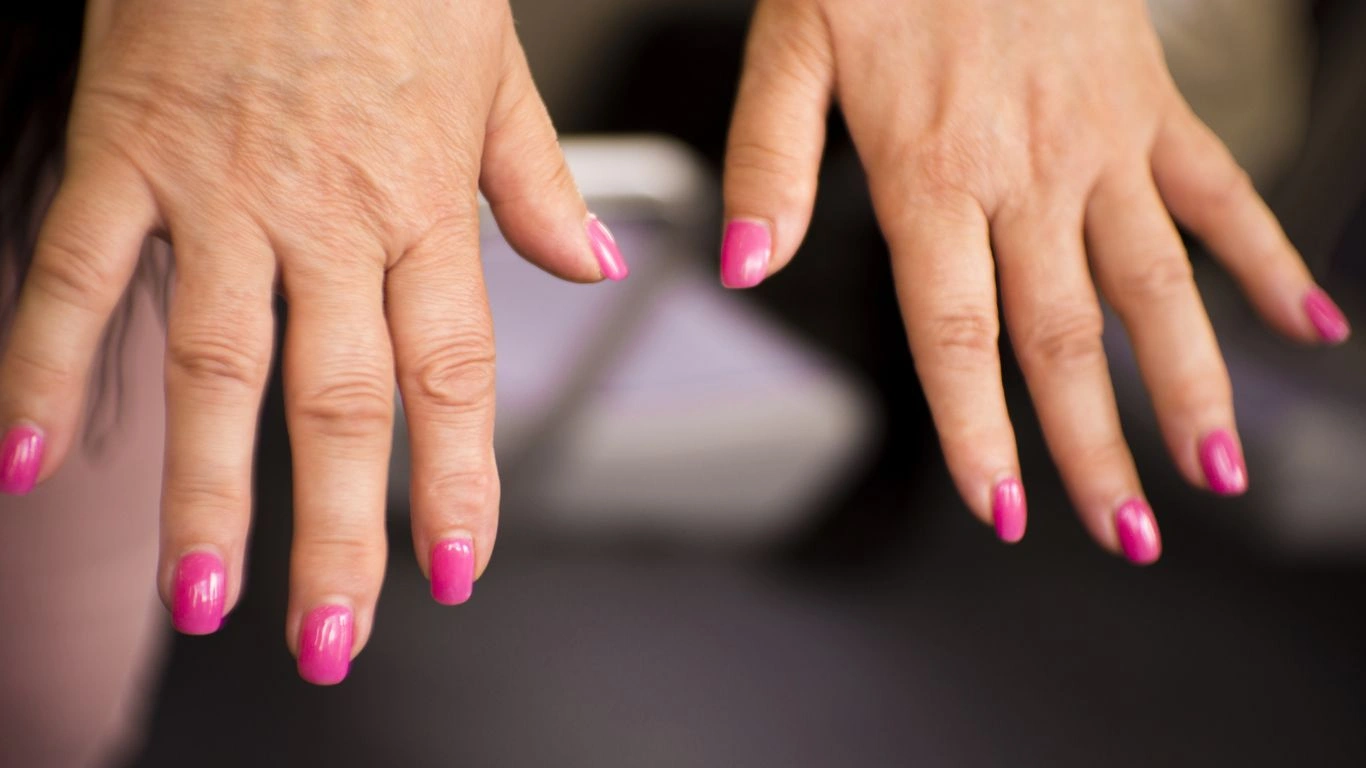
One thing I always stress to my patients is that a movement routine should *fit into* your life, not feel like a chore you’re constantly failing at. That’s a recipe for burnout. You’re already dealing with enough when you have RA—your routine should support you, not stress you out.
I once had a patient named Maria, mid-50s, newly diagnosed, who told me she dreaded the idea of “exercise.” So we reframed it. Instead of calling it a workout, we called it her “morning wake-up flow.” It included light stretching, 5 minutes of breathing, and a short walk outside. Within two weeks, she started looking forward to it—no guilt, no pressure. Just something that felt *good*.
Tips to Create a Sustainable RA-Friendly Movement Routine
- Pick a consistent time of day – Morning is great for loosening up stiff joints, but find what works best for you.
- Write it down – Keep a journal to track what feels good and what doesn’t. It builds awareness and encourages consistency.
- Don’t go it alone – Join a class, grab a buddy, or work with a physical therapist who “gets” RA. Accountability helps.
- Celebrate wins – Even if all you did was a gentle stretch session, give yourself credit. That still counts.
By focusing on habits over heroics, you build something that lasts—and that’s the key when you’re learning how to stay active with rheumatoid arthritis pain.
Rethinking “Rest” So It Actually Supports Your Movement Goals

This might sound counterintuitive, but learning how to rest well is a huge part of staying active with RA. I’m not talking about flopping on the couch for hours (though, hey, we all need those days sometimes). I’m talking about intentional recovery—the kind of rest that helps your body recharge so you can move again tomorrow.
Active Recovery Ideas That Don’t Drain You
- Gentle stretching with music or guided audio – Perfect for winding down without stiffening up.
- Warm baths with Epsom salt – Not only relaxing, but also soothing for joints and muscles.
- Use heat therapy post-movement – Heating pads or warm compresses can ease post-activity soreness.
- Sleep hygiene – Seriously underrated. Quality sleep = better recovery = more energy for movement.
Patients often feel like if they can’t do a “real workout,” it’s not worth it. But managing RA is about the long game. Rest and recovery aren’t lazy—they’re part of the plan.
Staying Motivated on Flare-Up Days

Let’s talk about the elephant in the room: flare days. They’re frustrating, exhausting, and unpredictable. I’ve seen patients beat themselves up for missing a planned walk or not being able to stretch through the pain. Let me just say this: flare-up days are not failure days. They’re feedback days. Your body is asking for something different—so we listen, adjust, and move on.
When I’m helping someone build a flare-day game plan, I usually ask them what feels *comforting*, not what feels “productive.” That shift in language opens up so many more options. Sometimes, comfort is a short meditation. Sometimes it’s slow joint circles while lying down. And sometimes—it’s just deep breathing and a heating pad. That’s okay, too.
Mini Movement Ideas for Flare Days
- Finger and wrist circles – Done from bed or the couch. Keeps small joints mobile without adding stress.
- Neck and shoulder rolls – Gently ease upper body tension without standing up.
- Deep belly breathing – Helps calm the nervous system, which often flares up with pain.
- Visualization – Imagine yourself doing the movement, even if you can’t. Research shows it helps retain motor patterns.
Some days, just moving your toes and ankles in bed is a win. I’ve had patients say, “That’s all I could do today,” and my response is always the same: That’s enough.
Staying active with RA isn’t about pushing through pain—it’s about partnering with your body. And that relationship takes time, grace, and a whole lot of self-compassion.
How to Stay Active With Rheumatoid Arthritis Pain—Even When Life Gets Busy
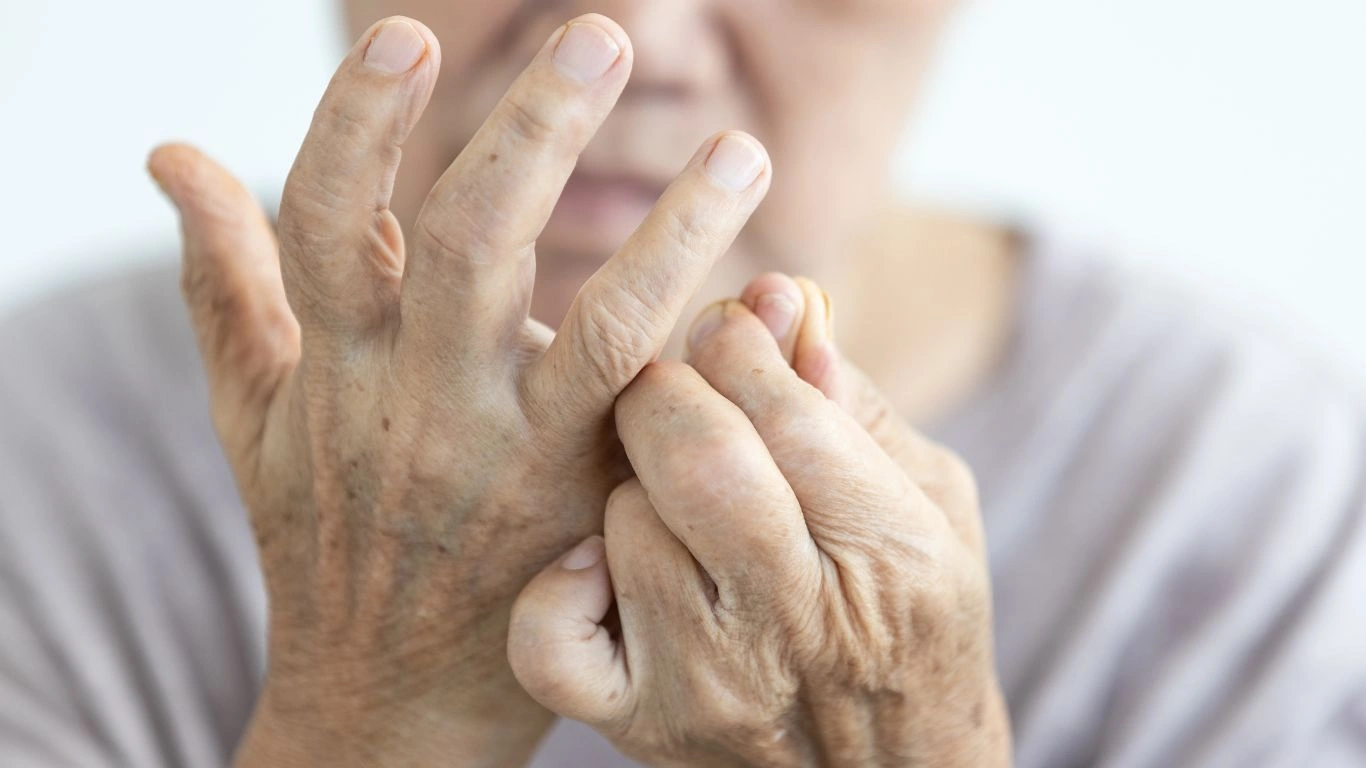
Let’s be real—life doesn’t pause just because you’re managing rheumatoid arthritis. Between work, family, doctor visits, and the surprise flares that always seem to show up at the worst time, staying active can feel like one more thing on your overflowing plate. But here’s what I’ve learned both professionally and personally: it doesn’t have to be “all or nothing.”
I always remind my patients that movement can be integrated into your lifestyle, not stacked on top of it. You don’t need a gym bag or fancy gear—just a little creativity and grace. If your day is packed, slip in activity in bite-sized chunks. Think of it as “movement snacking.”
Everyday Opportunities to Sneak in Movement
- Desk stretches: Every couple of hours, stand up and stretch your arms, wrists, neck, and ankles.
- Household chores as movement: Wiping counters, folding laundry, even gardening—these all count. Add gentle intention to them.
- Stairs over elevators: If your knees allow, a flight or two can boost circulation and wake up sleepy muscles.
- Movement alarms: Set a timer every hour to do 2–3 minutes of mobility movements or a short walk down the hallway.
What matters is the consistency, not the intensity. A few minutes here and there may not seem like much, but trust me—it adds up. I’ve seen patients experience less stiffness and more energy just from sprinkling in 15 minutes of movement throughout their day. It’s about working with your RA, not against it.
Supporting Your Activity With the Right Tools
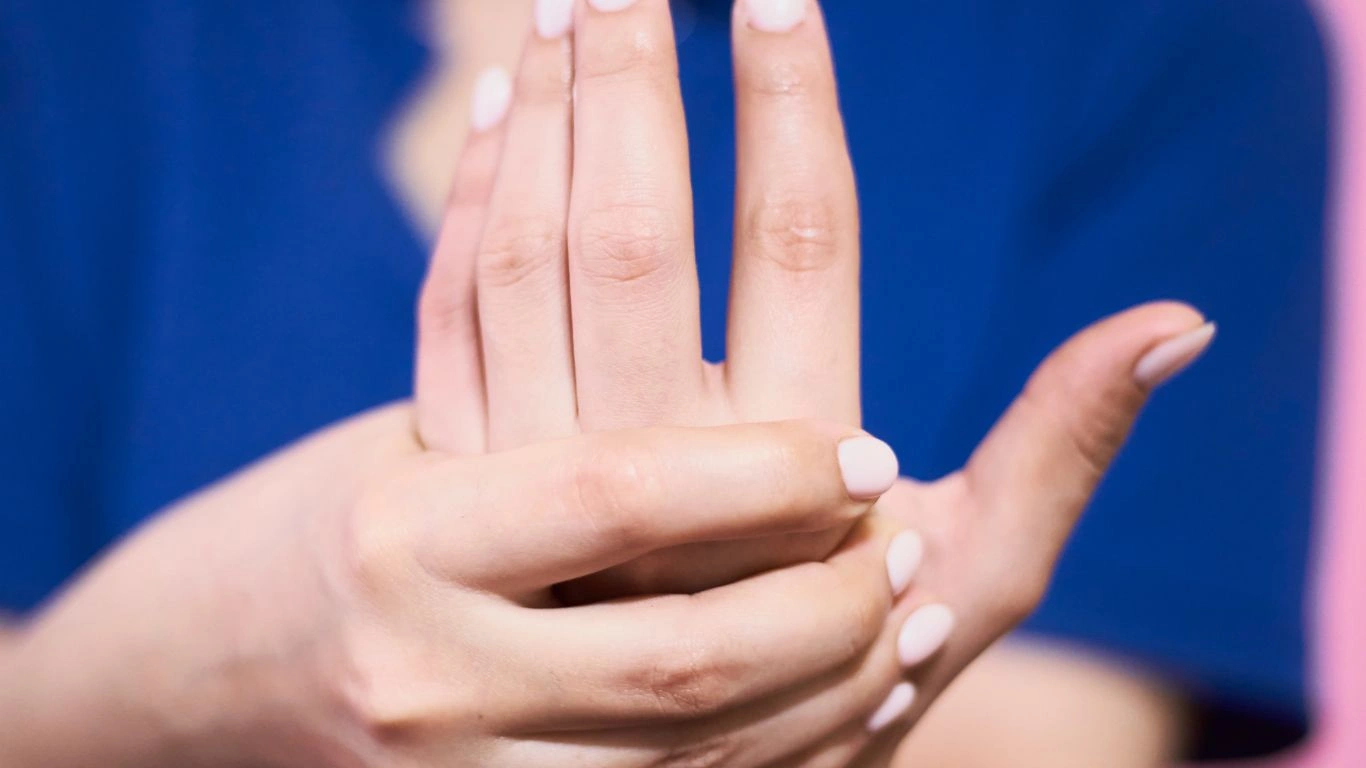
One thing I really want to emphasize—don’t be afraid to lean on tools. Whether it’s assistive devices or simple modifications, the right gear can make movement safer and more enjoyable. I’ve had people apologize to me for using braces or ergonomic tools, like it means they’re giving in. Nope. These things aren’t crutches—they’re power moves.
Helpful Tools That Make a Big Difference
- Compression gloves: These can reduce swelling and help with grip during hand exercises or light chores.
- Resistance bands: A go-to for building strength without putting strain on joints.
- Joint-friendly shoes: Cushioned soles and good arch support make walks more comfortable.
- Support braces: Especially during movement or flares, knee or wrist braces can offer much-needed stability.
It’s not about pushing through pain—it’s about moving smart. Using what’s available to protect your joints is not weakness. It’s wisdom. When patients start using these tools, they often tell me they wish they had done it sooner.
Mindset: Your Most Underrated Ally
If there’s one takeaway I hope sticks, it’s this: your mindset is just as important as any medication or movement plan. RA can be a real mental rollercoaster, and I’ve seen the impact it has on motivation. It’s not always about the joints—it’s the exhaustion, the frustration, the fear that movement will make things worse.
But movement—the right kind, at the right pace—can be a powerful way to reclaim a sense of control. You’re not helpless in the face of this disease. You’re learning to adapt, to show up for yourself in new ways. And honestly? That’s some of the bravest work I’ve seen patients do.
When in doubt, start small. Celebrate the tiny wins. Find joy in the movement that feels good. And always—always—be kind to yourself along the way.
Recommended Resources
If you’re feeling stuck or overwhelmed, reach out to your rheumatology provider or a physical therapist familiar with RA. You don’t have to navigate this alone—support is out there, and it can make all the difference.
Disclaimer
This content is for informational purposes only and does not constitute medical advice. Always consult with a licensed healthcare provider before beginning any new treatment or movement plan for rheumatoid arthritis or any other condition.

Tarra Nugroho is a dedicated Nurse Practitioner with a strong foundation in family and preventive care. She brings both compassion and clinical expertise to her practice, focusing on patient-centered care and health education. As a contributor to Healthusias.com, Tarra translates medical knowledge into clear, empowering articles on topics like women’s health, chronic disease management, and lifestyle medicine. Her mission is simple: help people feel seen, heard, and informed—both in the clinic and through the content she creates. When she’s not caring for patients, Tarra enjoys weekend hikes, plant-based cooking, and curling up with a good health podcast.
